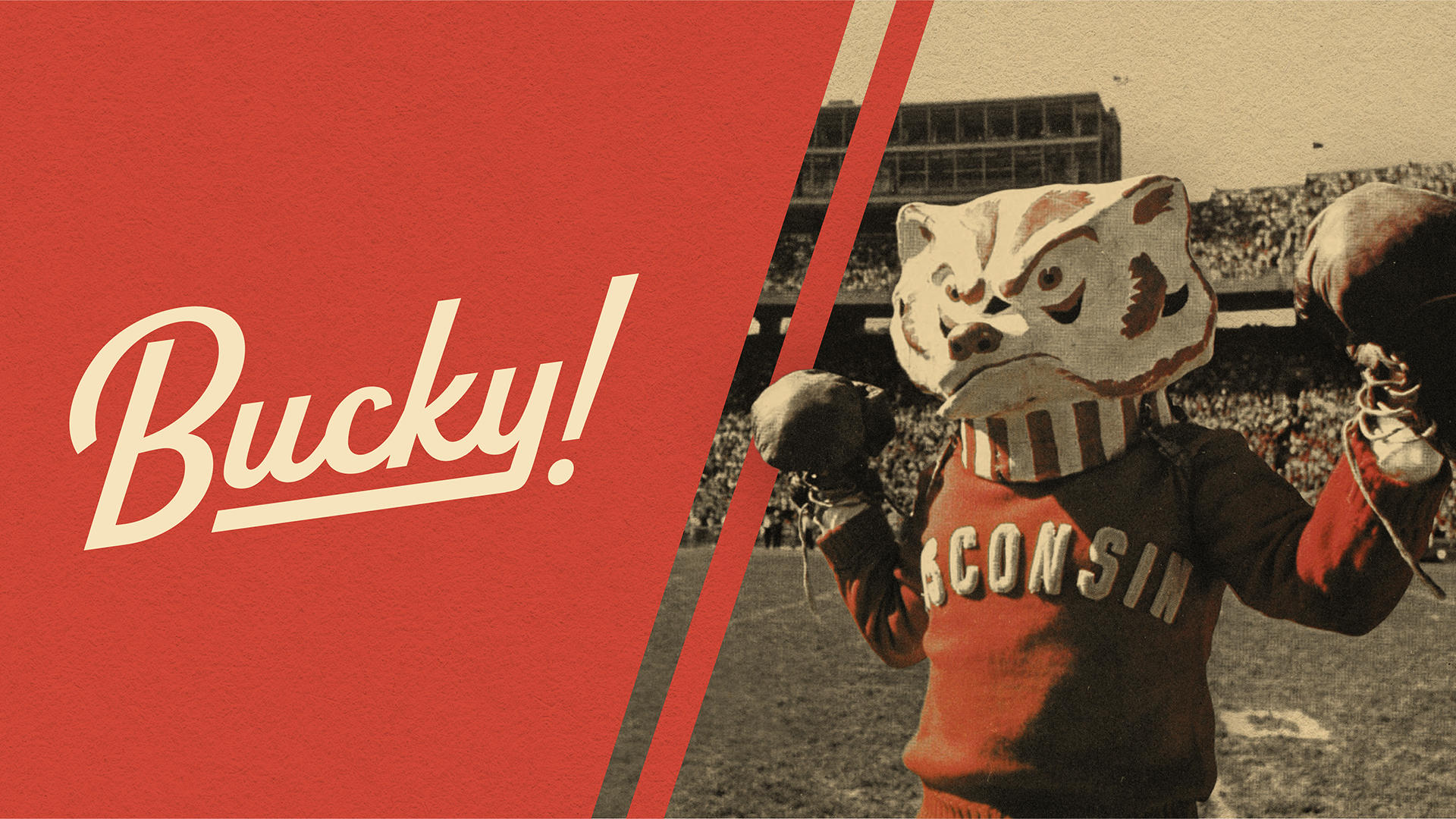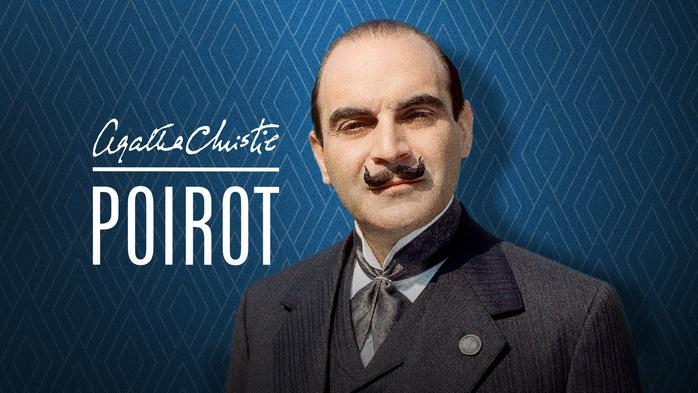Instruments of the Orchestra: The Clarinet
Presented by the Wisconsin School of the Air
Television Teacher: Professor Richard C. Church, Conductor of the University of Wisconsin Symphony Orchestra
(music plays)
Church:
Hello, boys and girls. I wonder how many of you know the name of the instrument Ive been playing.
What is it?
The clarinet.
Thats right!
The clarinet is one of the most popular of the woodwind instruments. There are usually four clarinet players in a symphony orchestra, and in a concert band, you might expect to find as many as 20 or more.
Lets see if we can find the clarinet in our big picture of the orchestra conductors score. Here it isup with the woodwindsright under the oboe and the flute, and right above the bassoon.
I think all of you know by now that whenever we hear a musical sound, its because something is vibrating.
Last week, we talked about the flute and its little baby brother, the piccolo. You remember that air was made to vibrate by blowing across a hole.
How many of you tried making a sound by blowing across the top of a bottle?
Could you do it?
If it didnt work very well, try finding someone who plays the flute in junior high or high school to help youbecause making a sound on a bottle and making a sound on a flute take exactly the same kind of blowing.
Now, on our other three woodwind instrumentsthe oboe, the clarinet, and the bassoonwhat is it that does the vibrating?
A reed.
Today, Im going to explain the clarinet reed.
The clarinet uses a single reed, so I thought wed talk about it before we talk about the oboe and the bassoon, which use double reeds.
A reed is made from a growing plant that looks very much like bamboo. Have you ever gone fishing with a bamboo pole? The cane used for making a reed is like bamboo in a fishing poleexcept that its thicker. Pieces are cut from the sides of the cane to make reeds.
Would you like to have a close look at a clarinet reed?
The reed itself is rather smallit looks like this.
Lets look at a drawing of a reed. Here you can see where the reed maker has cut through the hard bark of the cane and into the soft inner part. In this side view, you can see how the cut is tapered so that the reed is very, very thin at the tip.
Now lets look at our real reed again. Here you see the very thin tipright here. In fact, its so thin and fragile that the first thing you learn about playing the clarinet is to be extremely careful with the reednot to bump it against anything.
Of course, you wouldnt want to bump or drop any musical instrument, but with any reed instrument, be especially careful of the reed.
Now, how does the reed go onto the clarinet?
Lets look at the mouthpiece.
As you can see, the mouthpiece is flat on one side and curves slightly at the tip. That means theres a little opening between the tip of the reed and the tip of the mouthpiece.
The player moistens the reed before putting it on the mouthpiece. The reed is held in place with this metal clamp called a ligature.
A long time ago, clarinet players used to tie the reed to the mouthpiece with string. But nowadays, we use a metal ligature. We adjust the reed so that its tip is exactly even with the tip of the mouthpiece, and then tighten the screws on the ligature to hold it in place.
Heres a drawing of a clarinet mouthpiece with the reed attached. You can see the opening between the reed and the mouthpiece, where the air goes through.
When the player blows, the reed vibratesright here at the tipand that vibration is what makes the musical sound.
Now were ready to put the mouthpiece onto the clarinet.
And I think it would be nice to hear some real music on the clarinet. Dont you?
We have a special guest today: Neil Hoffman, one of the clarinet players in the University of Wisconsin Symphony Orchestra.
Neil is going to play part of a clarinet solo written by the composer Mozart.
(music plays)
Thank you very much.
Neil went to high school in Kenosha, Wisconsin. His accompanist at the piano was Pamela Green. Pamela, incidentally, plays the viola and the organ in addition to the piano.
Now, would you like to learn how to blow a clarinet?
Watch me closely.
First, its important to hold your lips and mouth just right.
The lower lip is turned in slightlyabout halfway over the reedso it forms a thin cushion between the lower teeth and the reed. Then the upper teeth rest lightly on the mouthpiece like this.
Its also very important to hold the sides of the mouth in tightly so air doesnt escape out the sides. And try not to puff out your cheeks. Keep them in like this.
Now, if I hold my mouth just right and put the mouthpiece just far enough into my mouth, I should be able to make a nice sound on the clarinet.
Lets try it.
BelltoneplaysBell tone playsBelltoneplays
Do you remember last week I talked about that little old-fashioned flute with six holes along the side?
Well, here it is again.
We said that when you blow into an instrument, the air tries to get out as soon as it can. And when I close more and more holes with my fingers, it makes the air travel farther before it escapes.
So, as I close more holes, does the sound get higher or lower?
Thats rightit gets lower.
Lets see if it works the same way on the clarinet.
Here you see six holes along the topjust like on the little flute. There are some keys around them, but we still have six main holes. In the back, we have another hole that the thumb will cover.
Now, would you like to learn how to finger a scale on the clarinet?
Please pick up a pencil with your right hand.
Last time, we used a pencil to pretend it was a conductors batonremember?
Now well pretend its a clarinet.
Hold it with the eraser end up.
Take your left hand and grasp the pencil between your thumb and first fingerway up near the top. Ill show you how that looks on a real clarinet. Im going to close the thumb hole and this hole right here.
Take your right hand and place it halfway down the pencil, like I put my thumb halfway down the clarinet.
Lets hear what that tone sounds like if we blow it.
These other fingers should be stretched out, hanging here, ready to close the holes.
So when I put my finger down, you put your finger down. Put the eraser end of the pencil between your lipsnot too far injust enough to hold it, and pretend you’re blowing gently along with me.
Now lets play this tone once more.
Now, put one finger downimagine youre closing a hole.
With three fingers covering the holes, well use our right hand. Well put the first finger down first. Now you do what I do.
Thats six holes covered.
To go lower, I need to use this key right here, which closes a hole with a pad so far down I cant reach it easily.
Please put your right-hand little finger down on your pencil.
Lets try that.
To play the very lowest note on the clarinet, I need this key down here, near the end. So please put your little finger down too.
Well play this lowest tone.
Wellyou just learned how to finger a scale on the clarinet!
You can put your pencil down now.
So far, Ive only talked about the lower tones. As you heard earlier today, the clarinet can play high, too.
How do you suppose we play higher?
Let me show you.
Above the thumb hole is a special magic key we use to play high notes.
If I press the thumb hole and tip my thumb so this key opens, we can play a higher tone.
Watch this.
Isnt that interesting?
The other keys are used to play sharps and flats.
So a clarinet player learns how to blow, how to hold the mouth, and which fingers to put down for each note.
I hope some of you might want to learn to play the clarinet someday.
Would you like to see some other kinds of clarinets?
Heres an interesting onea little E-flat clarinet. Because its smaller, it plays higher notes.
Down here we have an alto clarinet.
And here is a bass clarinet. Because its so much larger than a regular clarinet, we can expect it to play lower notes.
Lets listen.
(music plays)
What have we seen today?
Weve seen the bass clarinet, the alto clarinet, and the little E-flat clarinet.
OhI almost forgot something!
I brought something very special. I bet youve never seen a clarinet this small.
Look at thisit’s a tiny A-flat clarinet, used in bands in Italy.
Today we talked about the clarinet reed, the mouthpiece, and the ligature.
Next week, well talk about the oboe, which is in the woodwind family and uses a double reed.
Well also talk about another single reed instrument that doesnt appear in our score.
What do you think it is?
Wait and see.
See you thengoodbye!
(music plays)
This has been Instruments of the Orchestra, a television program for elementary and junior high school students.
Your television teacher was Professor Richard C. Church, conductor of the University Symphony Orchestra.
A Wisconsin School of the Air presentation.
(music plays)
Search Episodes

Donate to sign up. Activate and sign in to Passport. It's that easy to help PBS Wisconsin serve your community through media that educates, inspires, and entertains.
Make your membership gift today
Only for new users: Activate Passport using your code or email address
Already a member?
Look up my account
Need some help? Go to FAQ or visit PBS Passport Help
Need help accessing PBS Wisconsin anywhere?

Online Access | Platform & Device Access | Cable or Satellite Access | Over-The-Air Access
Visit Access Guide
Need help accessing PBS Wisconsin anywhere?

Visit Our
Live TV Access Guide
Online AccessPlatform & Device Access
Cable or Satellite Access
Over-The-Air Access
Visit Access Guide
 Passport
Passport






Follow Us